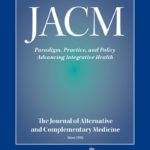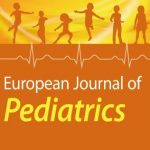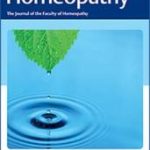Sabine D. Klein, Sandra Würtenberger, Ursula Wolf, Stephan Baumgartner and Alexander Tournier
Physicochemical Investigations of Homeopathic Preparations: A Systematic Review and Bibliometric Analysis – Part 1
JACM, 2018, 24 (5), 409-421

Objectives – The last systematic review of physicochemical research performed on homeopathic preparations was published in 2003. The aim of the study is to update and expand the current state of knowledge in the area of physicochemical properties of homeopathic preparations. In part 1 of the study, we aim to present an overview of the literature with respect to publication quality and methods used. In part 2, we aim to identify the most interesting experimental techniques. With this, we aim to be in a position to generate meaningful hypotheses regarding a possible mode of action of homeopathic preparations. Methods – A two-step procedure was adopted: (1) an extensive literature search, followed by a bibliometric and quality analysis on the level of publications and (2) a thorough qualitative analysis of the individual physicochemical investigations found. In this publication, we report on step (1). We searched major scientific databases to find publications reporting physicochemical investigations of homeopathy from its origin to the end of 2015. Publications were assessed using a scoring scheme, the Manuscript Information Score (MIS). Information regarding country of origin of the research and experimental techniques used was extracted. Results – We identified 183 publications (compared to 44 in the last review), 122 of which had an MIS ≥5. The rate of publication in the field was ∼2 per year from the 1970s until 2000. Afterward, it increased to over 5.5 publications per year. The quality of publications was seen to increase sharply from 2000 onward, whereas before 2000, only 12 (13%) publications were rated as “high quality” (MIS ≥7.5); 44 (48%) publications were rated as “high quality” from 2000 onward. Countries with most publications were Germany (n = 42, 23%), France (n = 29, 16%), India (n = 27, 15%), and Italy (n = 26, 14%). Techniques most frequently used were electrical impedance (26%), analytical methods (20%), spectroscopy (20%), and nuclear magnetic resonance (19%). Conclusions – Physicochemical research into homeopathic preparations is increasing both in terms of quantity and quality of the publications.






Lascia un commento
Devi essere connesso per inviare un commento.